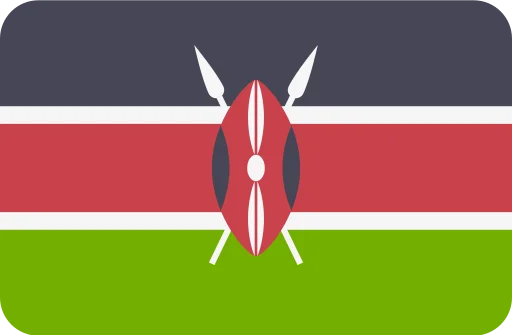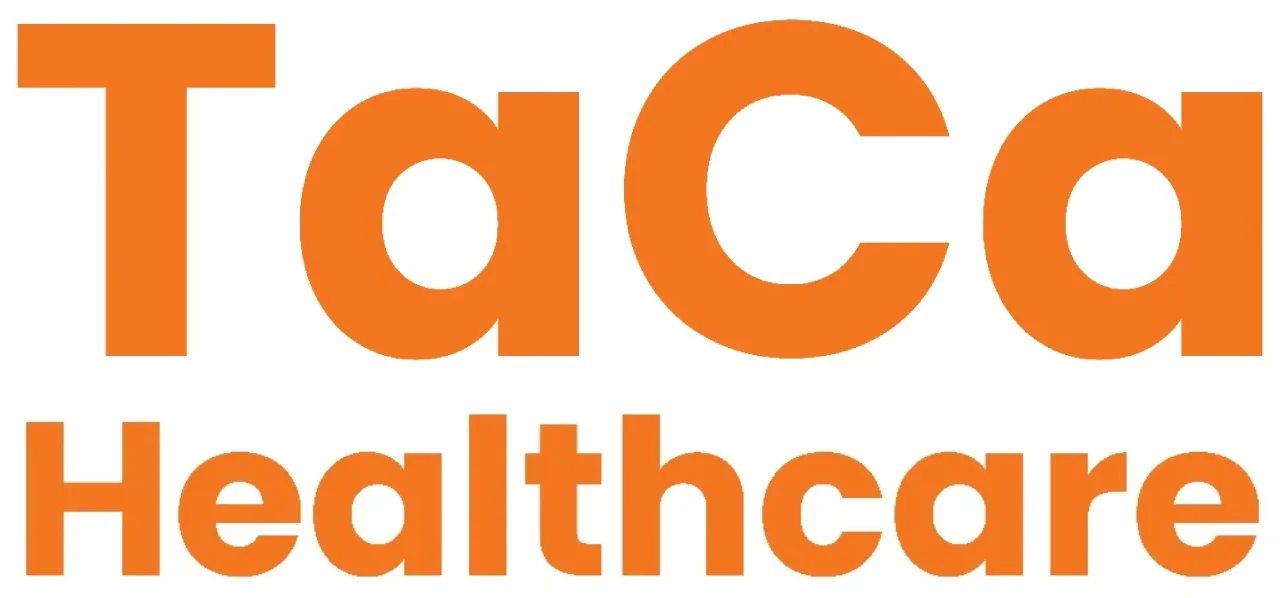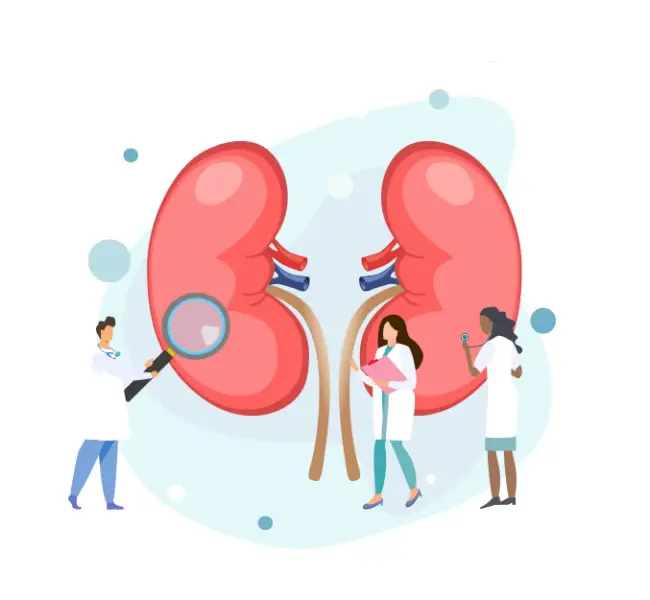What is a Kidney Stone?
Kidney stones are also known as renal calculi, nephrolithiasis or urolithiasis. A kidney stone is a hard, small material that can develop in the kidneys due to elevated levels of specific minerals and salts in urine. Kidney stones have the potential to form in any part of the urinary system, which includes the kidneys, ureters, bladder, and urethra. Frequently, stones develop due to the concentration of urine, which enables minerals to crystallize and fuse together. The size of a kidney stone can range from as tiny as a grain of sand to as large as a golf ball.
While passing kidney stones can be extremely painful, timely recognition typically prevents any lasting damage to kidneys.
All kidney stones are not made up of the same crystals. There are several types of kidney stones which includes:
- Calcium: Calcium stones are the most common reason for kidney stones. They’re often made of calcium oxalate, though they can consist of calcium phosphate or maleate.
- Uric acid: The second most prevalent cause of kidney stone is uric acid. It can occur in people with gout, diabetes, obesity, and other types of metabolic syndrome.
- Struvite: This type of kidney stone is seen mostly in patients with Urinary tract infections (UTIs). It can be larger in size and can also cause urinary obstruction.
- Cystine: Globally, 1 in 7,000 persons are affected by kidney stones caused by cysts. It can affect both genders with cystinuria, a hereditary condition.















